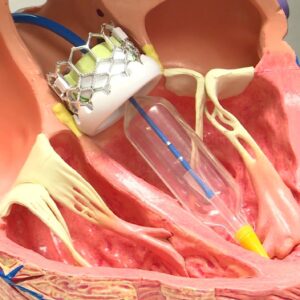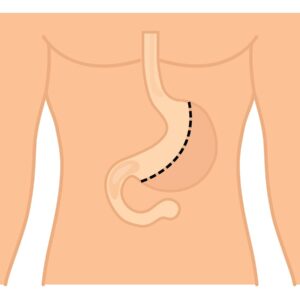Please note all prices are just for operational fees and without used supplies & devices .
Average non-surgical (medical) treatment fees for International Patients department.
| No. | Service | Price |
|---|---|---|
| 1 | General Wards (per night) | 300$ |
| 2 | Intensive Care Unit (per night) | 500$ |
| 3 | Chemothrapy per night | 100$ |
From: 1,000.00$
From: 1,000.00$
Embark on a transformative journey with our exceptional range of medical treatments. As a leading medical tour operator, we offer a comprehensive selection of world-class treatments and procedures to address your unique healthcare needs. From advanced surgeries to cutting-edge therapies, our team of experienced professionals is dedicated to providing top-notch care and ensuring your comfort and satisfaction. Discover a new level of healthcare excellence with our tailored treatment options. Book now to start your journey towards a healthier and happier you.
A myomectomy is a surgical procedure to remove uterine fibroids, also known as leiomyomas. These are noncancerous growths that appear in the uterus and can cause symptoms like heavy menstrual bleeding, pelvic pain, and reproductive issues.
During a myomectomy, the surgeon removes the fibroids while preserving the uterus. This allows the patient to retain their reproductive potential. There are different methods for performing a myomectomy, including:
| Country | |
|---|---|
| City | |
| Hotel | |
| Visa | |
| Translator | |
| Transfer | |
| Stay at Hospital | |
| Language | |
| Insurance | |
| Stay at Hotel | |
| City Tour |
Only logged in customers who have purchased this product may leave a review.






Reviews
There are no reviews yet.